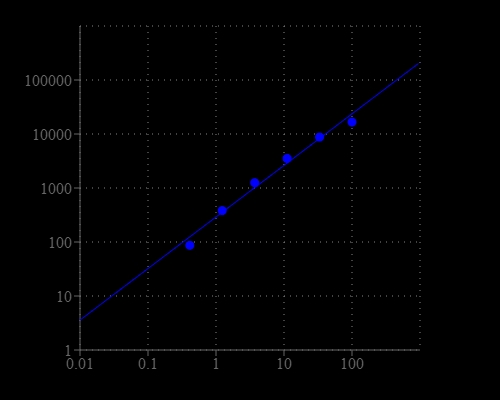Amplite® Fluorimetric Malondialdehyde (MDA) Quantitation Kit
Malondialdehyde (MDA) and 4-hydroxynonenal (4-HNE) are natural byproducts of lipid peroxidation. As the most popular and reliable biomarker for lipid peroxidation, MDA has been widely used for many years to determine oxidative stress in clinical situations. Therefore, quantification of MDA is essential to assess oxidative stress in pathophysiological processes. The Amplite® Fluorimetric Malondialdehyde (MDA) Quantitation Kit offers a quick and convenient method to measure MDA without heating steps that are required for the commercial MDA assay kits from other vendors. Monoaldelite™ Blue itself is nearly non-fluorescent, but generates strong blue fluorescence upon reacting with MDA.


| Catalog | Size | Price | Quantity |
|---|---|---|---|
| 10071 | 200 Tests | Price |
Storage, safety and handling
| H-phrase | H303, H313, H333 |
| Hazard symbol | XN |
| Intended use | Research Use Only (RUO) |
| R-phrase | R20, R21, R22 |
| UNSPSC | 12171501 |
Instrument settings
| Fluorescence microplate reader | |
| Excitation | 365 nm |
| Emission | 435 nm |
| Cutoff | 420nm |
| Recommended plate | Solid black |
Documents
Contact us
| Telephone | |
| Fax | |
| sales@aatbio.com | |
| International | See distributors |
| Bulk request | Inquire |
| Custom size | Inquire |
| Technical Support | Contact us |
| Request quotation | Request |
| Purchase order | Send to sales@aatbio.com |
| Shipping | Standard overnight for United States, inquire for international |
Page updated on November 28, 2025
